Given the sheer amount of independent watchmaking brands that have emerged in the 21st century, many people fail to realize that a small number of these firms actually date back to the mid-1990s. Among those pioneering companies that are still going strong is Urwerk, a brand that was founded in 1997 through a partnership between the watchmaking talents of Felix Baumgartner and the aesthetic eye of designer Martin Frei. Baumgartner and Frei have continued their work uninterrupted over the past 22 years and have established a well-deserved reputation for pushing the limits of traditional time displays, advancing watchmaking through their out-of-the-box creations that combine a distinctive design language and an avant-garde approach to watchmaking.
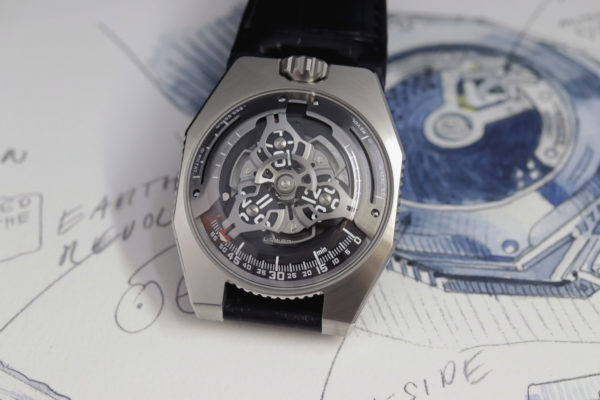
Urwerk’s latest creation, revealed last Thursday, is a reference to some of the earliest watches released by the brand. Those inaugural timepieces, the UR-101 and UR-102, featured the orbital/wandering hour display that has since become an identifying characteristic of the brand’s watches ever since; however, those two releases also featured a vastly different execution of the design.
https://www.instagram.com/p/B2QfqKOlv98/
The new watch, christened the UR-100 SpaceTime, is a nod back to the early days of Urwerk (notice the reference number precedes that of the UR-101/102), but rather than directly riffing on those initial designs, the brand has incorporated small reference points while debuting two astronimical complications that appear for the very first time on a wristwatch.
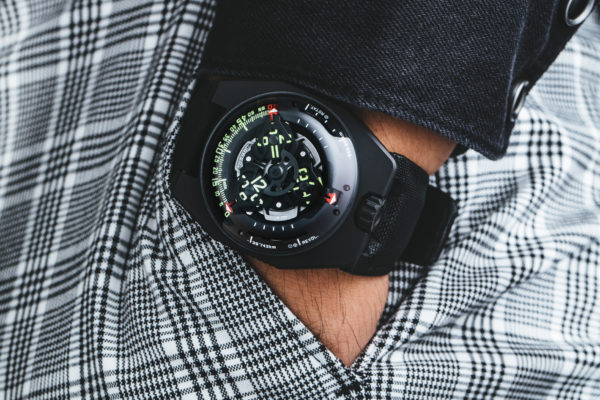
The UR-100 SpaceTime still incorporates Urwerk’s recognizable orbital hour satellite display as its main timekeeping component, but it removes the bulky case cover that would typically hide the watch’s relay-display system. The central axis of the watch maintains a three-arm carousel system made of light-weight aluminum. Each of the three arms hosts its own angular pyramid structure (made of beryllium bronze) that hosts four hour markers, with each hosting every third hour, given the rotational frequency of the display. While the carousel is partially openworked, the numerals not in use are blocked by aluminum bridges.
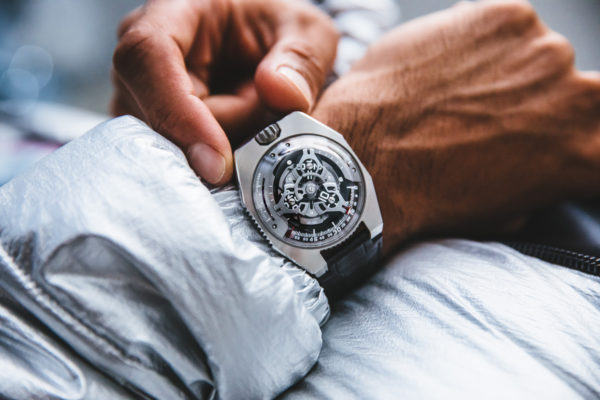
At the end of each arm, three identical, red-tipped hands traverse the entirety of the dial over the carousel’s full, three-hour rotation, indicating a different complication each hour. The lower portion of the dial houses the minutes display, while the hours are placed directly above the specific hand indicating the minutes via the aforementioned orbital hour display, a style popularized by Audemars Piguet with the Star Wheel, and also utilized by Hautlence and Arnold & Son in recent years. After 60 minutes have gone by, the hand displaying the time disappears (immediately replaced by the hand at its rear), and passes beneath and between subsidiary dials, reappearing to display one of two astronomical complications: the distance the Earth rotates on its axis and the distance traveled by the Earth on its orbit around the Sun.
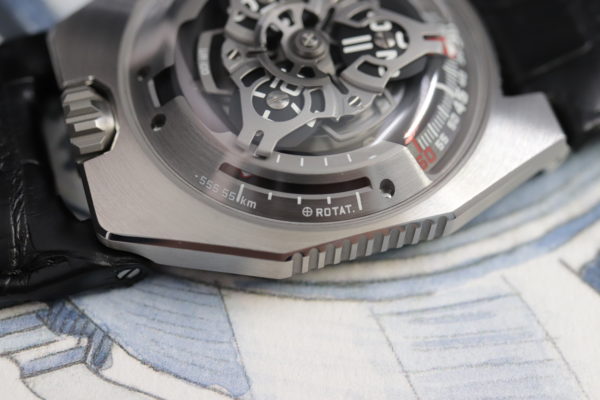
The first celestial complication, located between the traditional 9 and 11 o’clock positions, showcases the distance in kilometers traveled by the wearer on Earth at any given moment. On average, the Earth rotates at a rate of 555 km every 20 minutes, this display highlights that fact. On the opposite side of the watch face, near the traditional 2 o’clock position, the final hand indicates the distance the Earth has traveled in its orbit around the sun – a journey spanning some 35,740 km every 20 minutes.
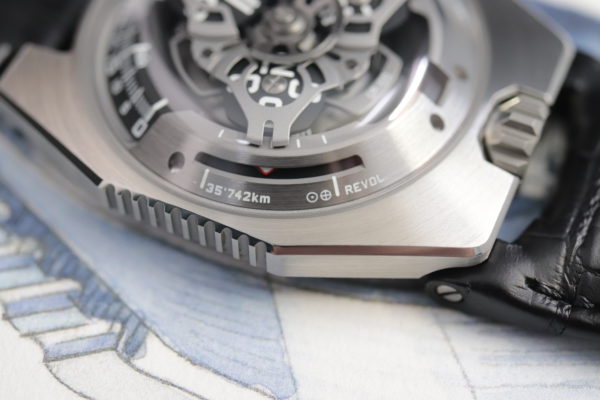
Obviously, the tolerances needed for the hands to traverse the entirety of the dial and accurately display all three indicators are extremely narrow, and Urwerk says it needed close to two years of R&D to perfect the design. Each hand is curved downward so that it can pass seamlessly from displaying the time, to underneath the supplementary astronomical displays that feature a steep downward curve to fit within the domed sapphire crystal. With clearances this minuscule, it might seem like the UR-100 is fragile, but it’s really anything but, thanks to the Urwerk’s Caliber 12.01, a base Zenith Elite movement that has been completely reconstructed and reimagined by Baumgartner and his team.
The three baseplates that make up the tiered construction of Caliber 12.01 are made of ARCAP, an alloy that Urwerk has incorporated into its timepieces for years. Although the brand didn’t invent the alloy, it was one of the first watch brands to utilize its benefits in watchmaking. According to VistaMetals, one of America’s largest metalworking plants, ARCAP contains a combination of metals like nickel, copper, cobalt, and zinc. If you notice, iron is not included in that list, meaning ARCAP is not disturbed by any degree of magnetism; additionally, it offers a high degree of resistance to chemical corrosion, temperature changes, and an extremely high tensile strength.
While the multiple baseplates are visible from the watch’s front-facing side, the caseback offers a surprise for longtime followers of the brand. For the first time, Urwerk has made the movement’s winding system visible. While the self-winding rotor might not like too out of the ordinary, it is actually a flat/planetary turbine system that minimizes over-winding and wear. This system is described by Urwerk as a “Windfäng” — a Swiss-German word that effectively translates to “air trap.” In addition to the turbine system that prevents excessive rotation, there are a large number of holes placed around the rotor that reduces its overall mass. Finally, the finishing of the movement is highlighted through circular graining, sanding, brushing, and chamfered screw heads.

The octagonal case used by Urwerk is another first for the brand. While Urwerk has made its name on oversized watches that can be identified across the room, the UR-100 is a bit more subtle, if not just as distinguishable. Sized at 41-mm wide and 14-mm thick (49.7 mm lug-to-lug), the watch is easily one of the more wearable in Urwerk’s entire catalog — another reference to the more accessible sizes found in the UR-101/102. Most of the watch’s exterior features extensive brushing, but the sides of the watch feature sharp vertical fluting that adds a bit of an edge to the watch’s appearance. As with most Urwerk watches, the crown is located at 12 o’clock, but Urwerk has added one more surprise for its followers: The engraved logo at the top of the crown that combines a “U” and an “R” is another first for the brand.
While references abound to early Urwerk timepieces from the late 1990s, the new UR-100 actually holds a special place for Felix Baumgartner. Baumgartner’s now-retired father was a world-renowned clock restorer and, at one point, purchased a 19th-century pendulum clock at an antique shop that he didn’t quite understand at first. Its regulator-style dial did not display time, rather it showed the distance of the Earth’s rotation at the equator. The extra-long pendulum beats every 2.16 seconds, making every oscillation one kilometer. The main dial has a scale of 10,000 kilometers, shown in units of 100 kilometers, so that each tick (half oscillation) indicates 500 meters traveled on the Earth’s surface (at the equator). The top subdial (10 km) is divided into 10 units, while the lower subdial showing a total of 40,000 km — approximately the equatorial circumference of the Earth — is divided into increments of 1,000 km. This clock was made for the 1893 World’s Fair in Chicago by Gustave Sandoz, one of the premier clockmakers of the late 19th and early 20th century. Baumgartner’s father gave the clock to his son as a gift, and it now resides in Urwerk’s Geneva headquarters.

When it boils down to it, the astronimical displays found on the UR-100 SpaceTime will offer any potential owner more romantic or theoretical enjoyment than pure mechanical pleasure, but conceptually, the watch is a mentally engaging exercise, and the execution — in typical Urwerk style — is excellent with plenty of small details to enjoy. By opening up the entirety of the dial and showcasing the inner workings of the orbital hour display, the UR-100 offers what feels like a more personal wearing experience for its owner. The overall design is true-to-form for Urwerk and the connection to time and space will undoubtedly entertain its wearer and intrigue others.
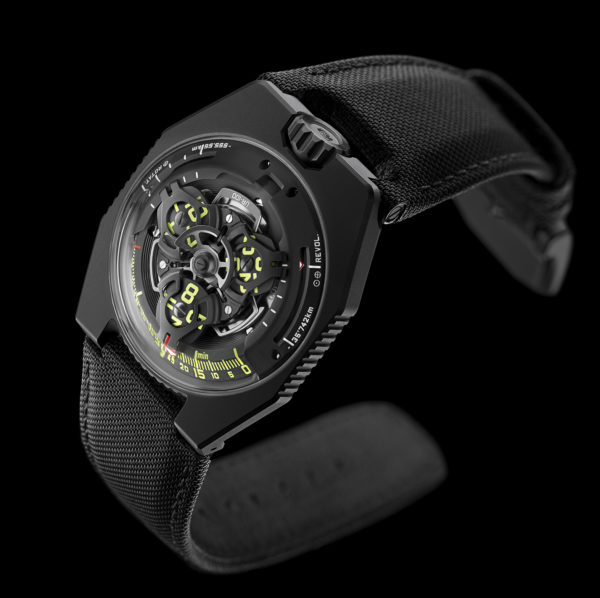
The UR-100 SpaceTime is available in two materials at launch, both limited to 25 total pieces. The UR-100 Iron has a case made of a titanium/steel combination, and the UR-100 Black features the same titanium and steel construction, but has an application of black DLC. While only two materials are currently available, Urwerk will likely come out with additional case material versions over the next few months and years. Both watches are priced at $49,000 — somewhat of an entry-level price for Urwerk — and are available now.

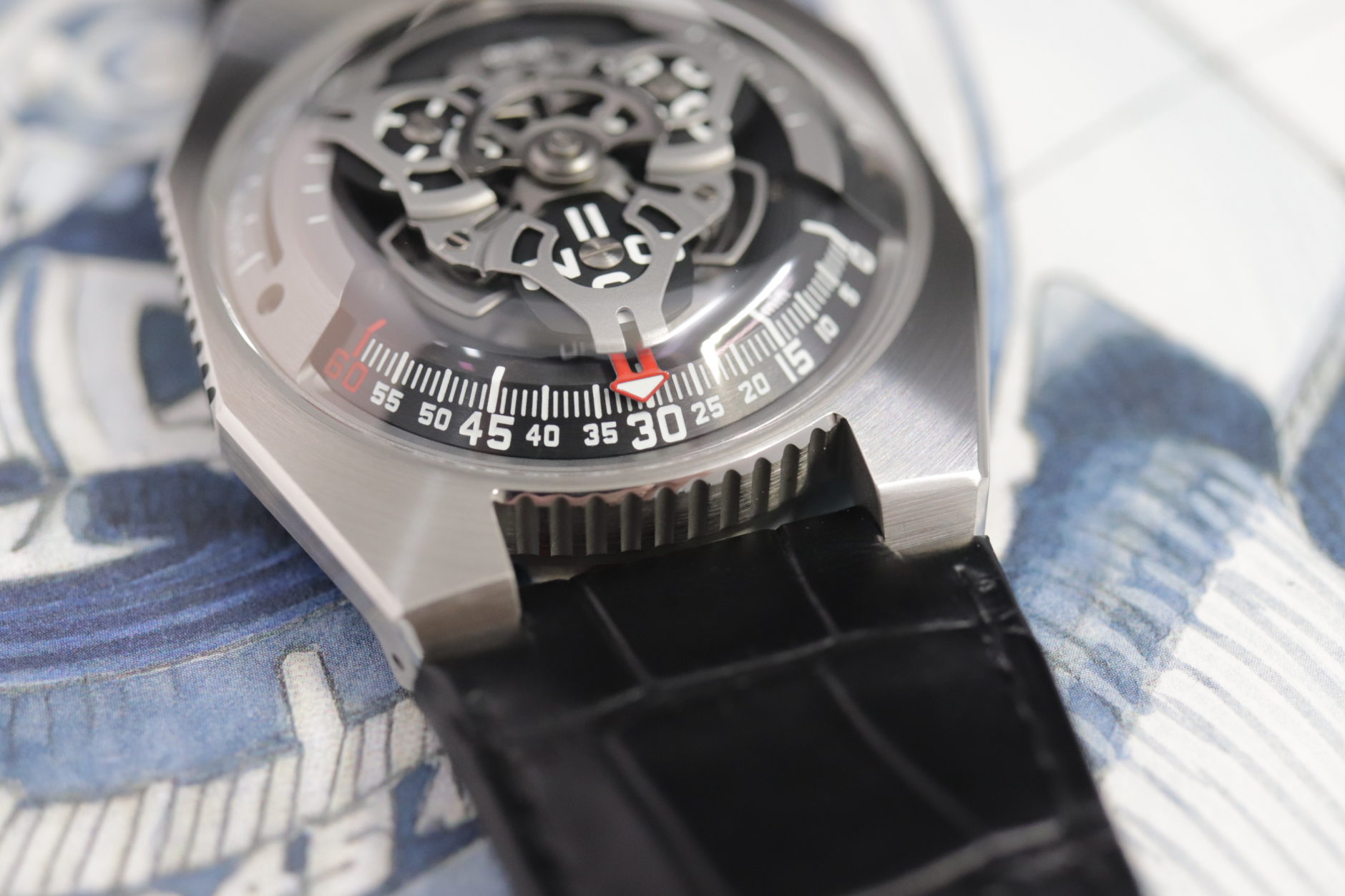
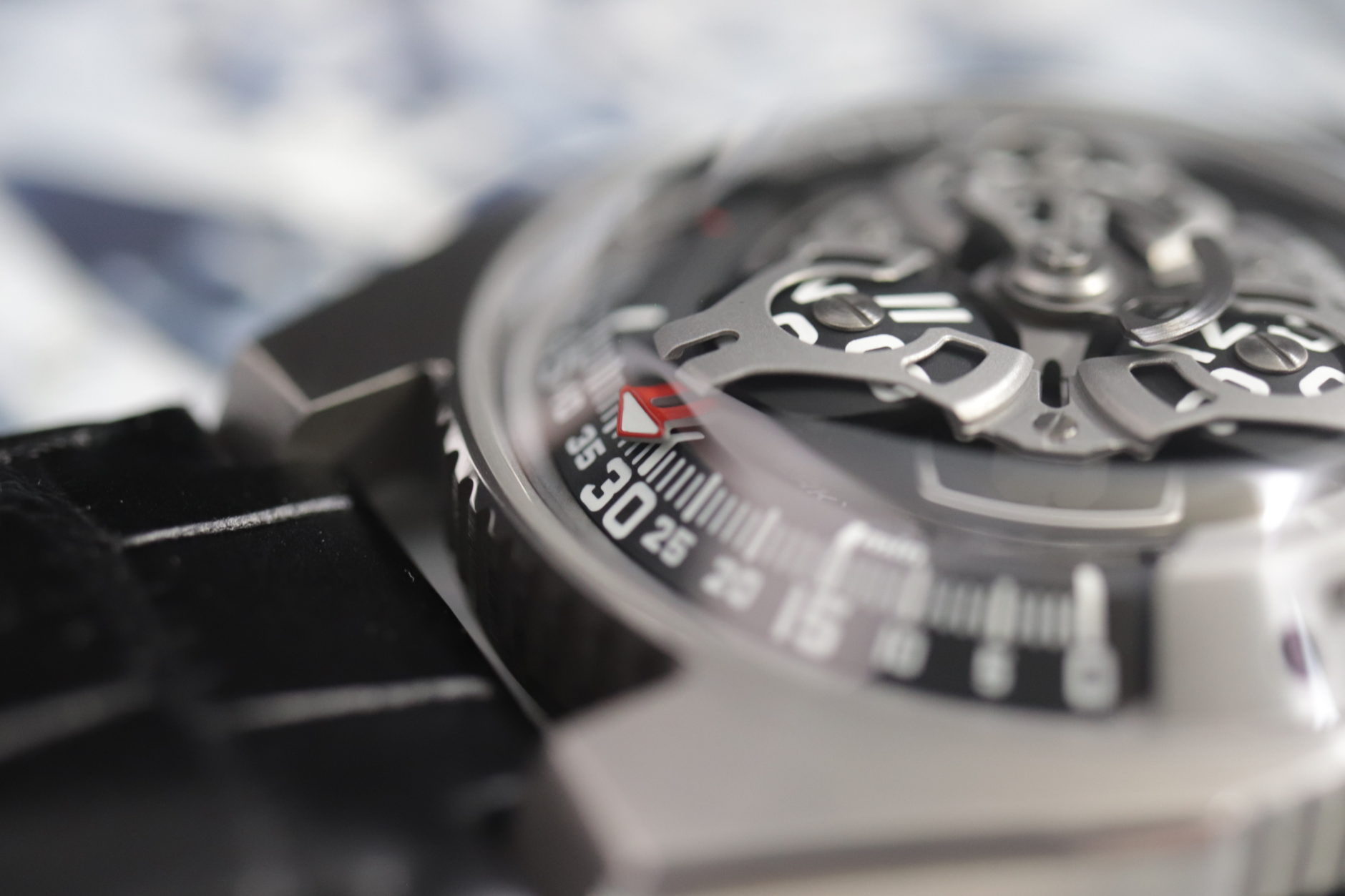
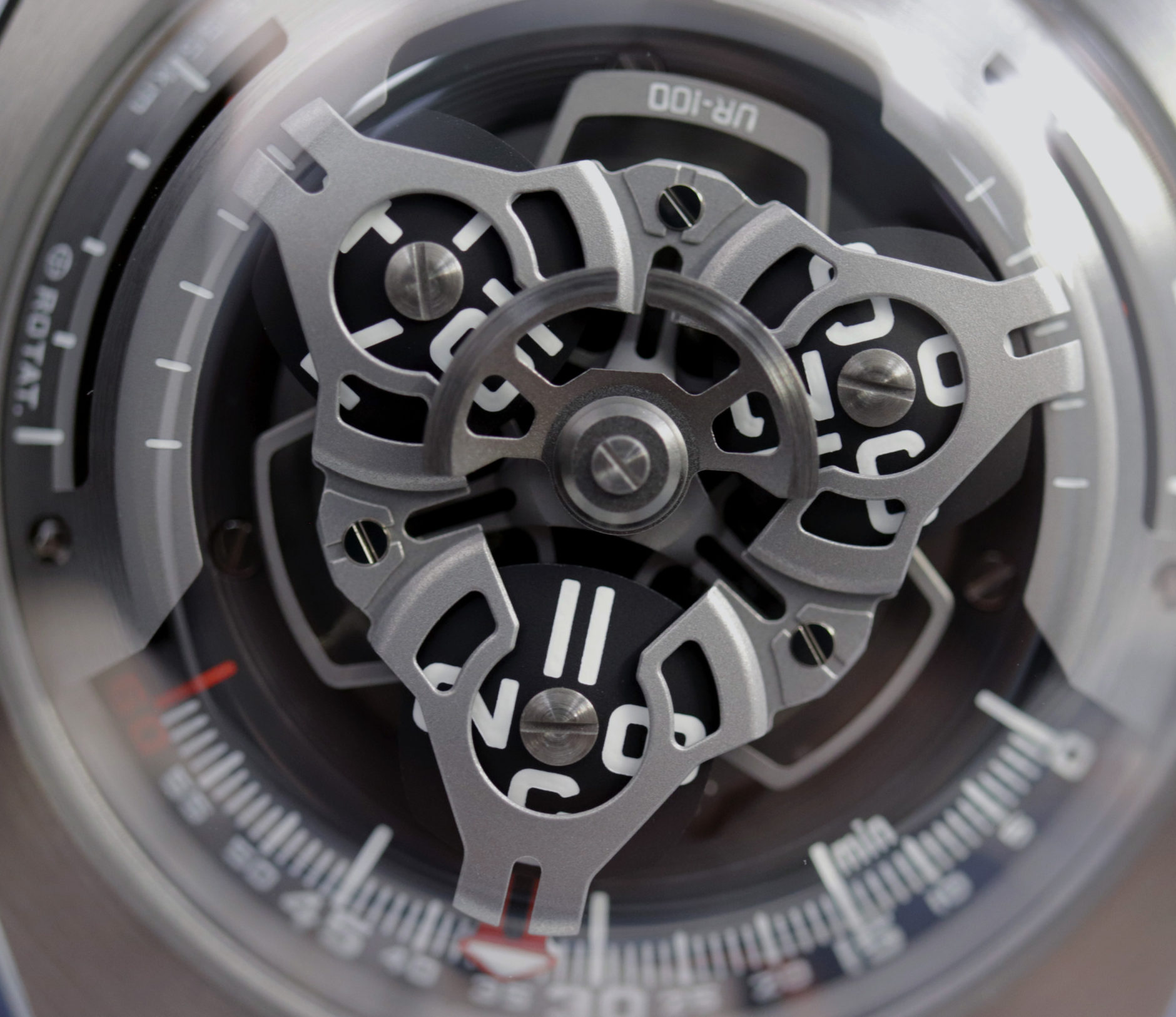
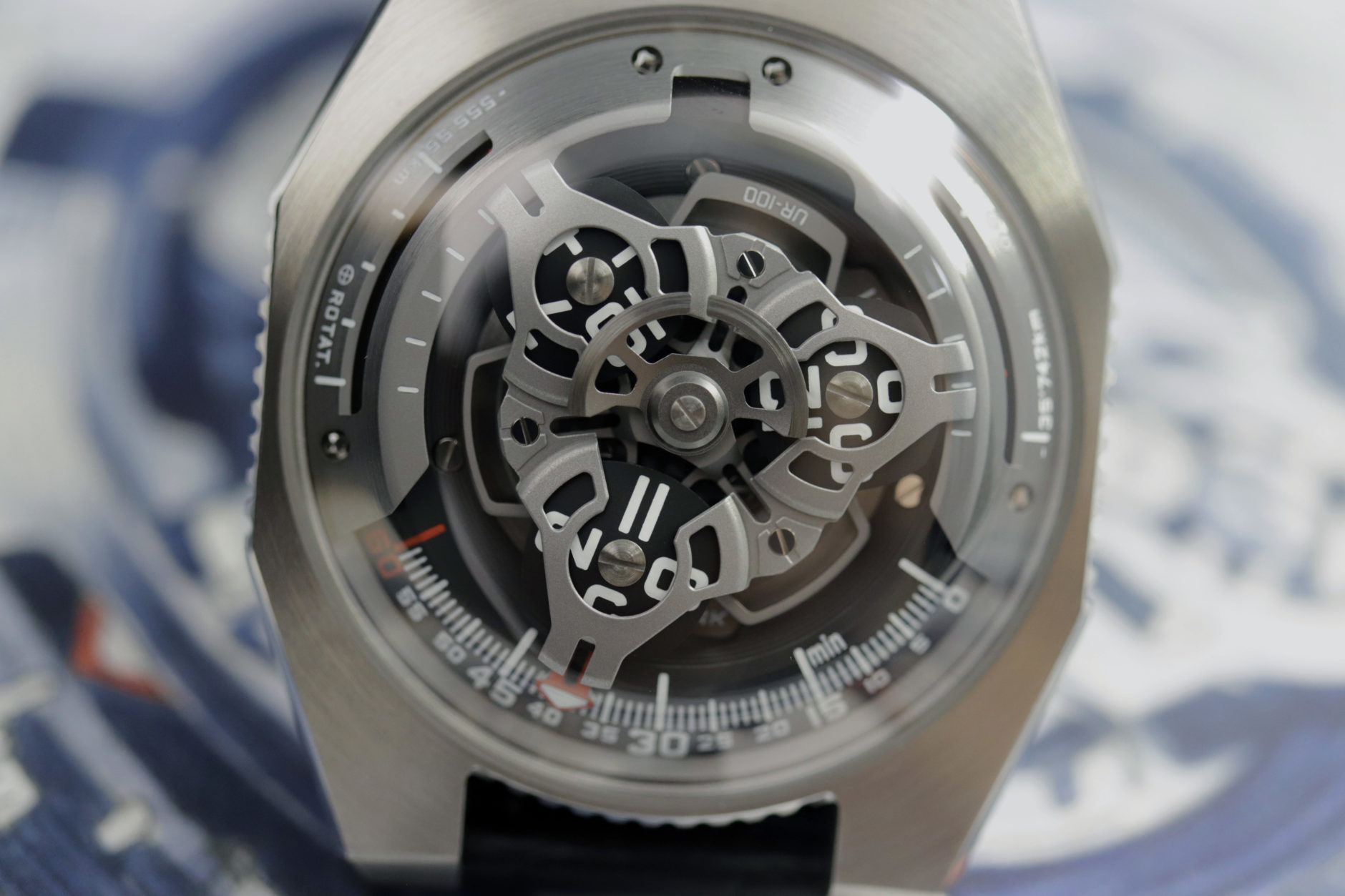
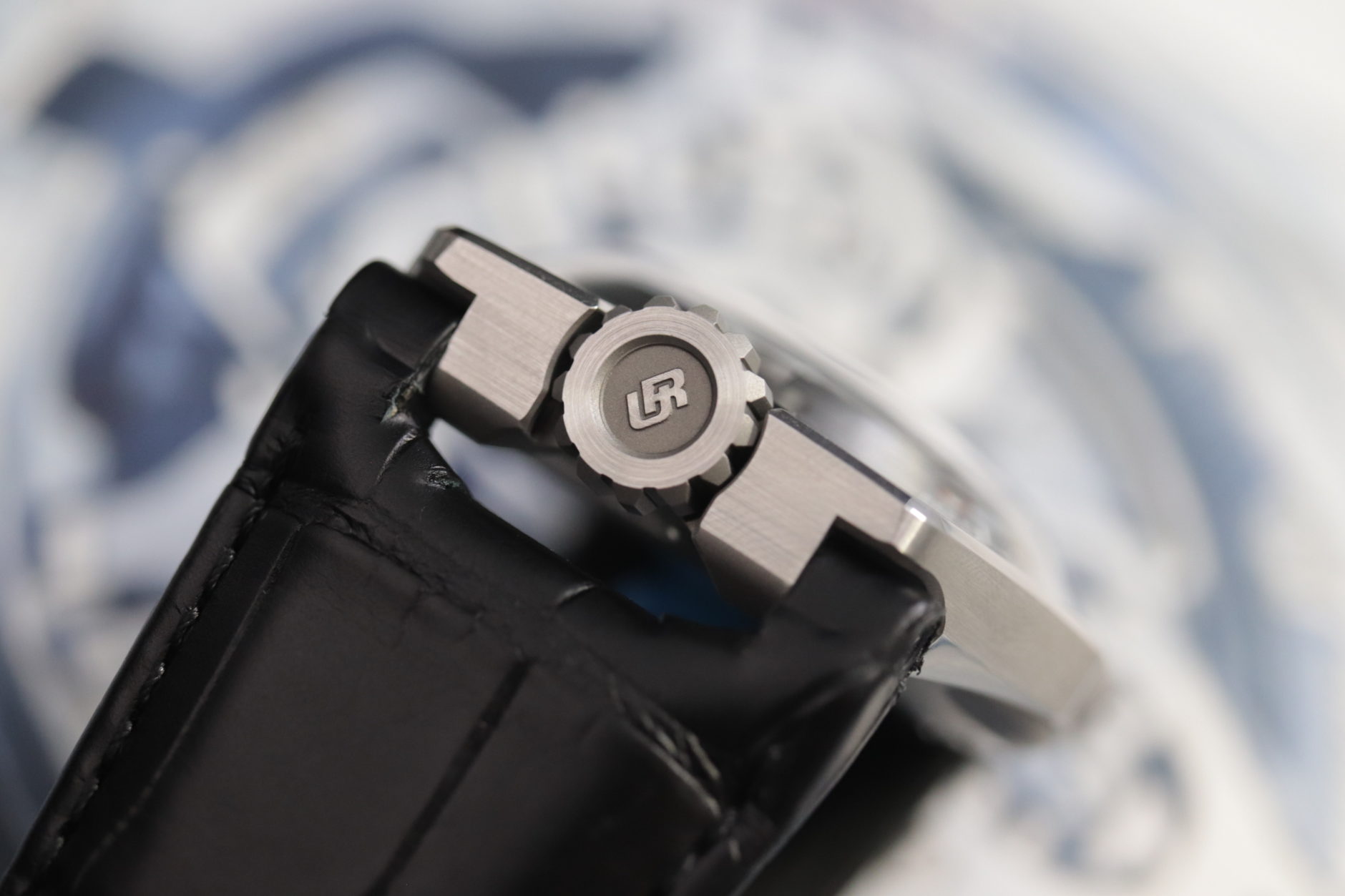
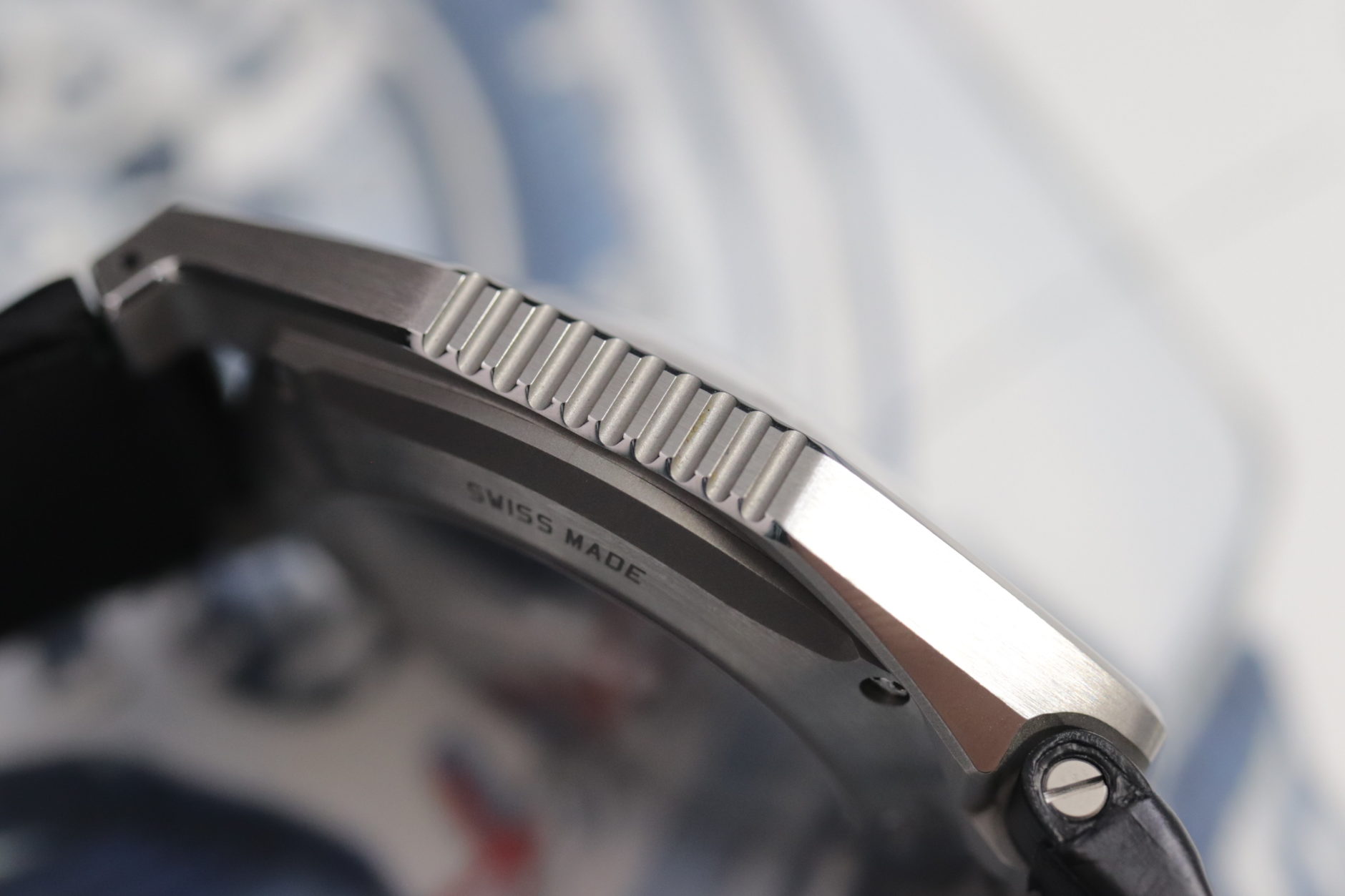
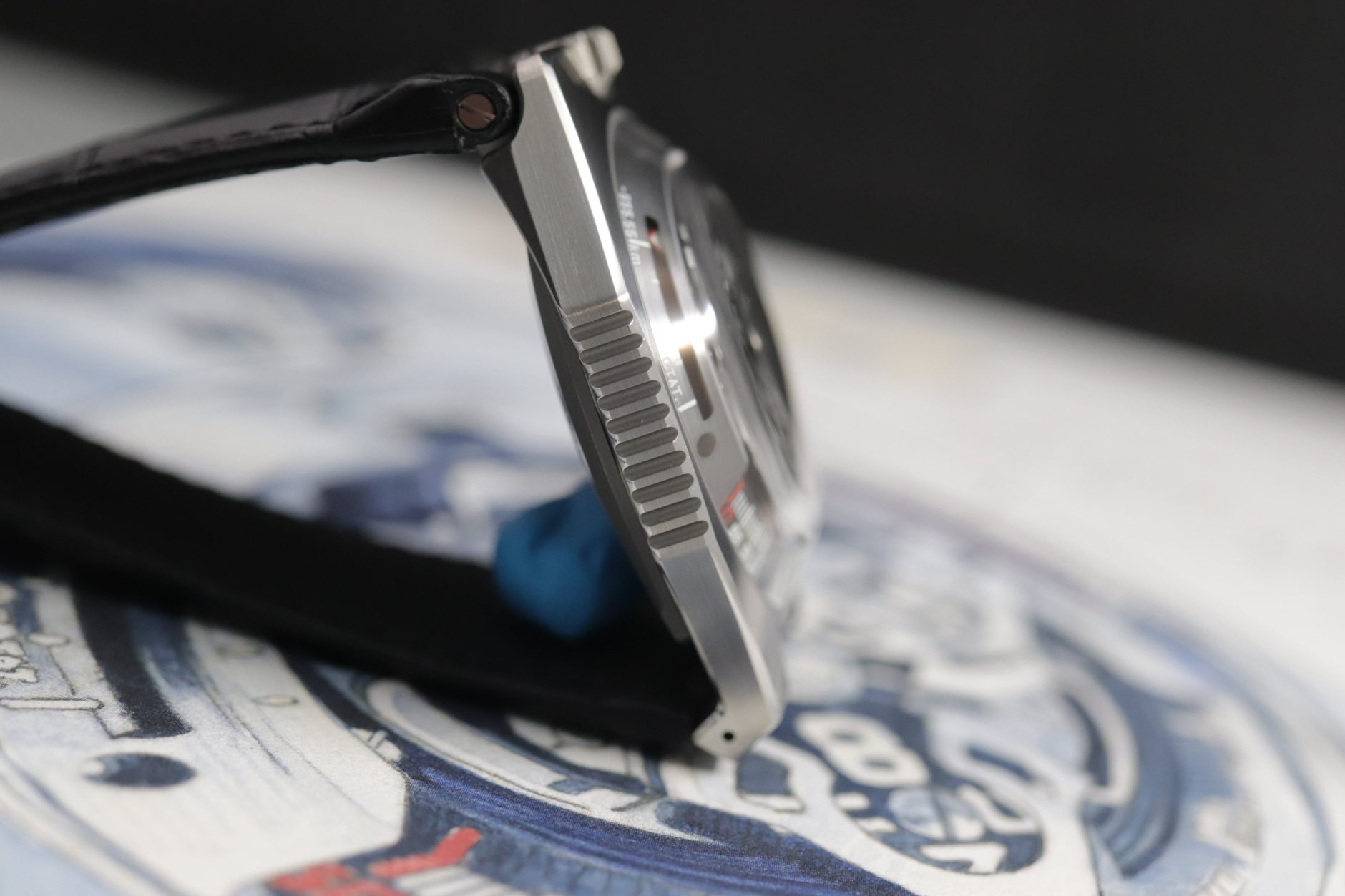

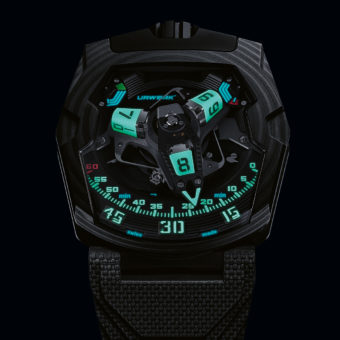
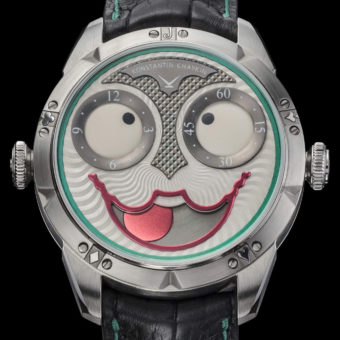
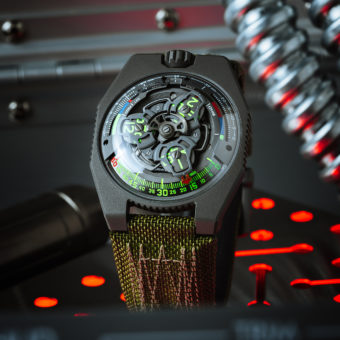
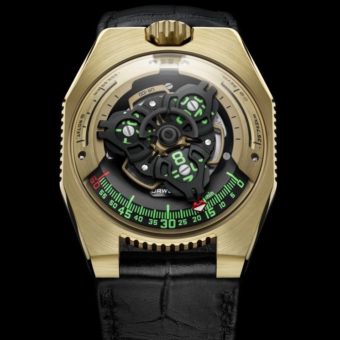
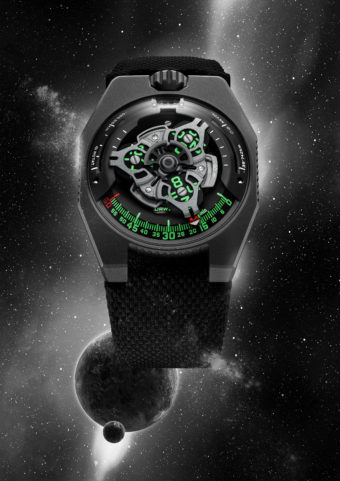
Fantastic!!!!
Frankly, I don’t see how this watch got past the board of directors.